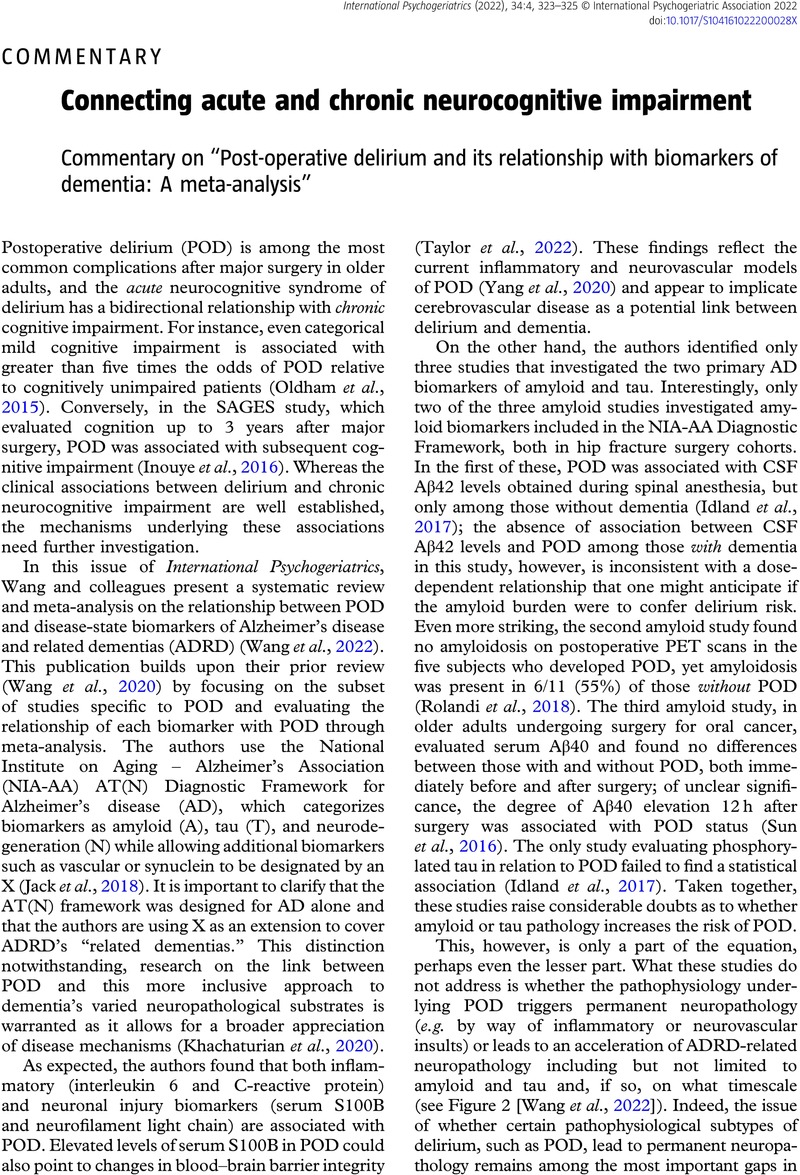Crossref Citations
This article has been cited by the following publications. This list is generated based on data provided by Crossref.
Oldham, Mark A.
Heinrich, Thomas
and
Luccarelli, James
2024.
Requesting That Delirium Achieve Parity With Acute Encephalopathy in the MS-DRG System.
Journal of the Academy of Consultation-Liaison Psychiatry,
Vol. 65,
Issue. 3,
p.
302.



